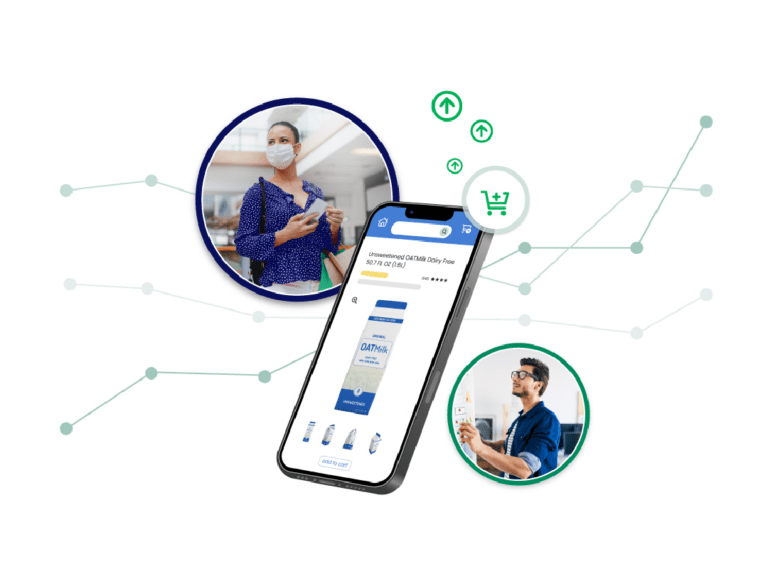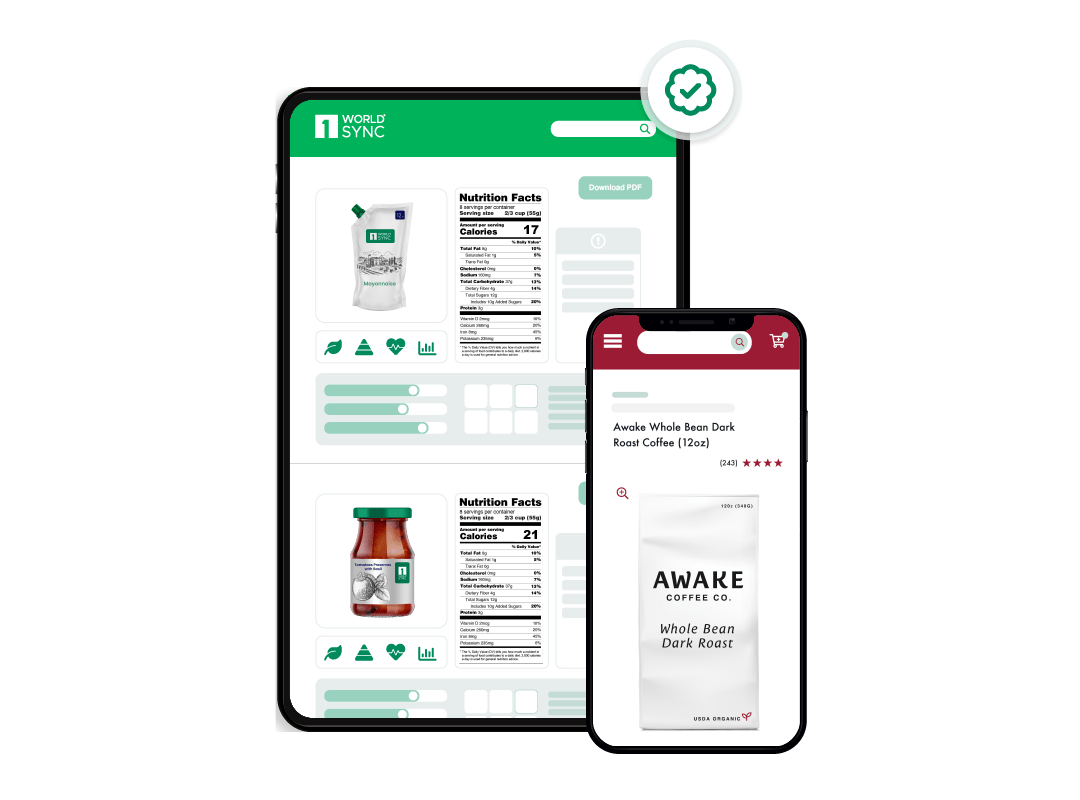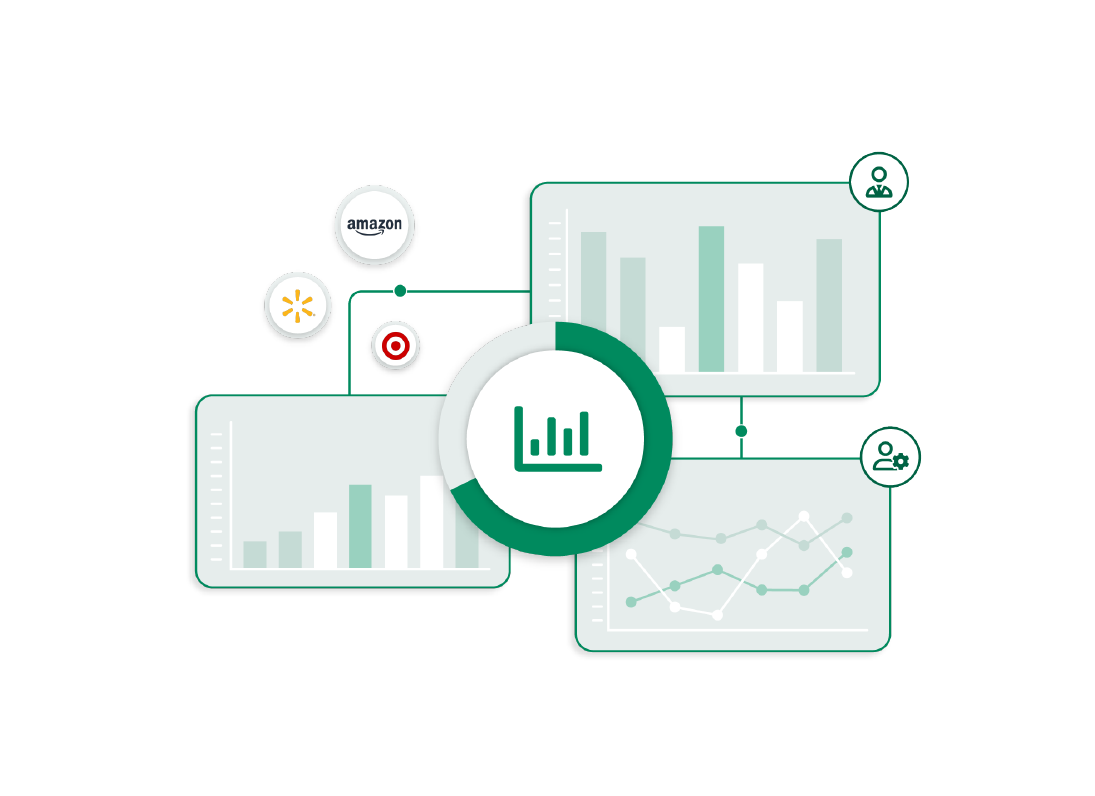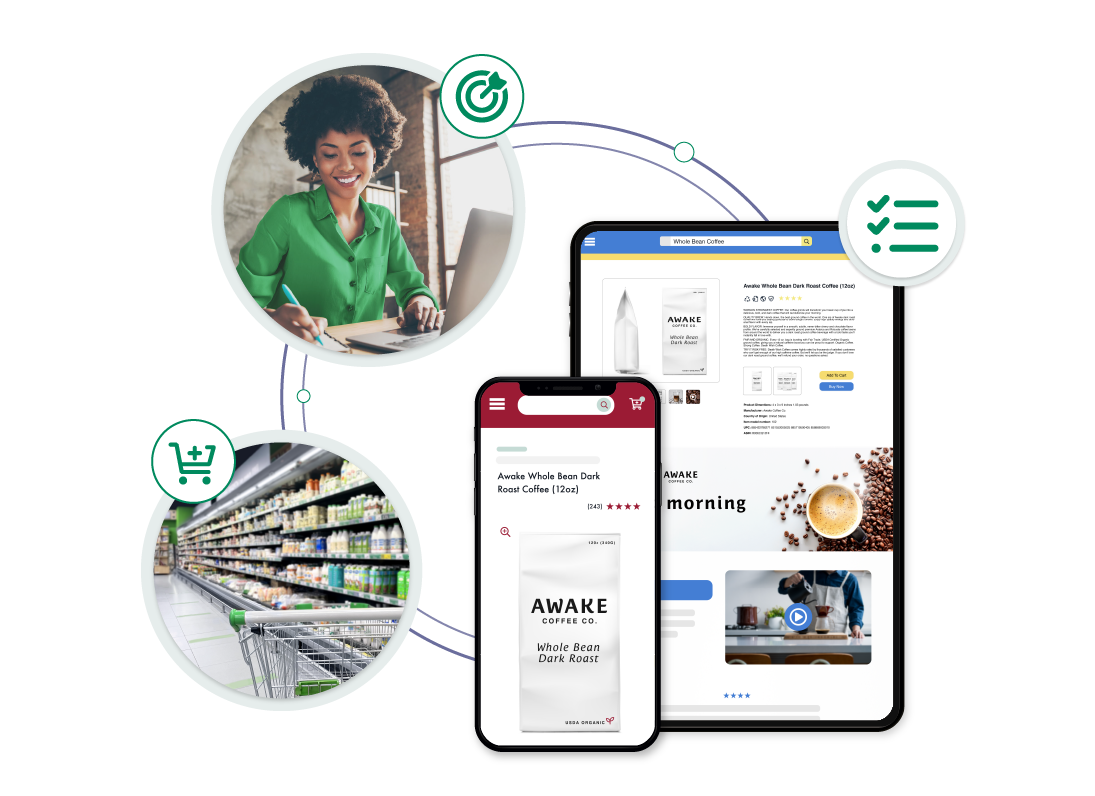Every aspect of your e-commerce business can –– and should –– be analyzed with data. Research into your online retail performance gives you a precise, accurate, indisputable measure of your strengths, weaknesses and the things you need to change to improve your success.
This article explores the benefits of investing in e-commerce research and analytics. Read on to learn how having this data in your hands empowers you to make informed decisions that help your business thrive.
1. Improve Competitor Analysis
E-commerce and the continuously expanding digital shelf mean retailers can reach more consumers than ever. But it also means the same companies are up against nationwide and even global competition.
In a saturated retail landscape, e-commerce research and analysis are the keys to gaining a competitive advantage over other companies vying for the same revenue streams. You can only win the market if you outperform everyone else. Analytical data provides insights that measure your numbers against your competition’s.
Competitive analysis research provides information regarding
- Where competitors get the most traffic
- Competitor pricing strategies
- Product performance
- Customer satisfaction and sentiment
2. Improve the Customer Experience
Consumers expect personalization in their online shopping experiences. Recent research from Epsilon found that 80 percent of shoppers desire personalization from retailers and are more likely to shop with retailers offering personalized experiences. And though personalization is central to a successful e-commerce platform, McKinsey found that 67 percent of retailer respondents say their greatest personalization challenge is gathering, integrating and synthesizing customer data.
A customer-centric approach is the only way you will earn long-term customer relationships. And e-commerce analytics is the most effective way to create experiences around each unique consumer. E-commerce analytics allow brands to study user behavior and determine how to create a customer experience tailored to the individual.
3. Optimize Marketing Campaigns
Marketing is vital for e-commerce businesses. Whether you invest in paid ads or simply want an optimized product detail page, you must invest in your marketing strategy to hit your target KPIs.
But how do you determine those KPIs, and what steps must you take to reach them? Data analysis provides the answer.
E-commerce analytics track metrics like click-through rates, conversion rates, and ROI to determine if your marketing campaigns are bringing you closer to your goals. It identifies the most successful strategies alongside those that don’t yield results.
Once you have that data, you can shift your marketing focus to ensure your campaigns work optimally. Measuring your marketing success empowers you to fine-tune your strategy to see short- and long-term growth.
4. Forecast Inventory for Future Seasons
Maintaining every product on your digital shelf consumes your resources. Production, warehousing, marketing: maintaining your inventory is costly. E-commerce research and analytics help determine if a product is worth keeping in your inventory for future seasons.
As you plan for the next quarter or season, data-driven forecasting is essential. Gut instinct, historical data and even current customer sentiment aren’t accurate predictors of your future e-commerce performance.
Collecting and analyzing forecast inventory data helps you stock the digital shelf with products your consumers want, optimizing your spending.
5. Optimize Pricing
Product pricing plays a critical role in your e-commerce sales. If you price products too high, then you risk increased cart abandonment, lost sales and losing potential long-term shoppers to your competition. But if you price products too low, you’ll lose out on profits and risk communicating low-quality products priced more cheaply than anyone else.
Getting product pricing right is a careful balance of appealing to shoppers, maintaining a profit and leaving room for market fluctuations and supply chain issues. You need data to shape your pricing strategy to optimize product pricing and strike the balance that helps you sell more products.
Predictive analysis allows you to analyze e-commerce pricing trends and determine the ideal price for a product, so you can maximize profit without overcharging and earn more customers without undercharging.
6. Maximize Cross-Sell and Upsell Campaigns
The consumer’s shopping and buying journey is no longer linear. According to recent research from 1WorldSync, 90 percent of shoppers view multiple websites before making a significant purchase. The same survey found that 93 percent of shoppers viewed more than one product before deciding which item was right for them.
Shoppers approach e-commerce in a new and different way than traditional brick-and-mortar shopping. Because they have access to an ever-expanding digital shelf –– and all the products and information therein –– shoppers can more meticulously research and compare products before committing to the purchase.
This fluid journey presents a unique cross-selling and upselling opportunity for e-tailers. Because consumers approach online shopping with an openness not typical of in-person shopping, they’re more likely to consider suggested items or product bundles.
Relevant product recommendations, bundles or upsells allow retailers to increase customers’ average order value while introducing them to new products that will enhance their purchase. When done well, product recommendations can significantly improve a customer’s experience with your brand and products.
Data analytics provides insights to create relevant product bundles and upsell suggestions. By determining the products typically viewed or bought together, you can create bundles, presenting these products in one package at a reduced price. Doing so incentivizes shoppers to buy while increasing their cart size and exposing them to more of your products, including those they didn’t know they needed.
7. Data-Driven Product Research and Development
Consumer wants, needs and expectations are constantly evolving. And thanks to an endless digital shelf home to retailers vying to win consumers, e-commerce businesses must continuously innovate their products and offerings.
You know consumer preferences change daily. How can you keep up to deliver desirable products shoppers want without risking a loss?
The e-commerce landscape is the most competitive space retailers have ever seen. Competition isn’t limited to local –– or even national –– audiences. When global success is on the line, every product decision must be strategic and meticulously calculated to ensure you’re optimizing your spending.
E-commerce analytics platforms provide product insights that give you a 360-degree market view. Instead of focusing on trends and in-the-moment success, research and development analysis helps you take sustainable action steps that lead to long-term successes.
Consumers know what they want and are vocal about their positive and negative opinions, preferences and demands. Capturing that data, analyzing it and allowing it to guide your product development strategies ensures you’re creating goods that consumers want –– when they want them.
Increase Revenue with E-Commerce with Research and Data Analysis
The goal of any e-commerce business is to increase revenue. And that can only be accomplished with data. You cannot and should not build an online retail company on hunches and instinct. Research and analytics provide you with the data required to make informed, confident decisions for your business.
At 1WorldSync, we know the value of data collection and management. Through our technology platform and expert services, 1WorldSync solves revenue-impacting product content challenges in the CPG/retail, DIY, consumer electronics, healthcare, and food service industries.
Our team is equipped to help you make the most of your online presence, providing content creation and data and content management solutions that empower you to win the digital shelf. Reach out today to learn how your e-commerce business can benefit from what we have to offer.






